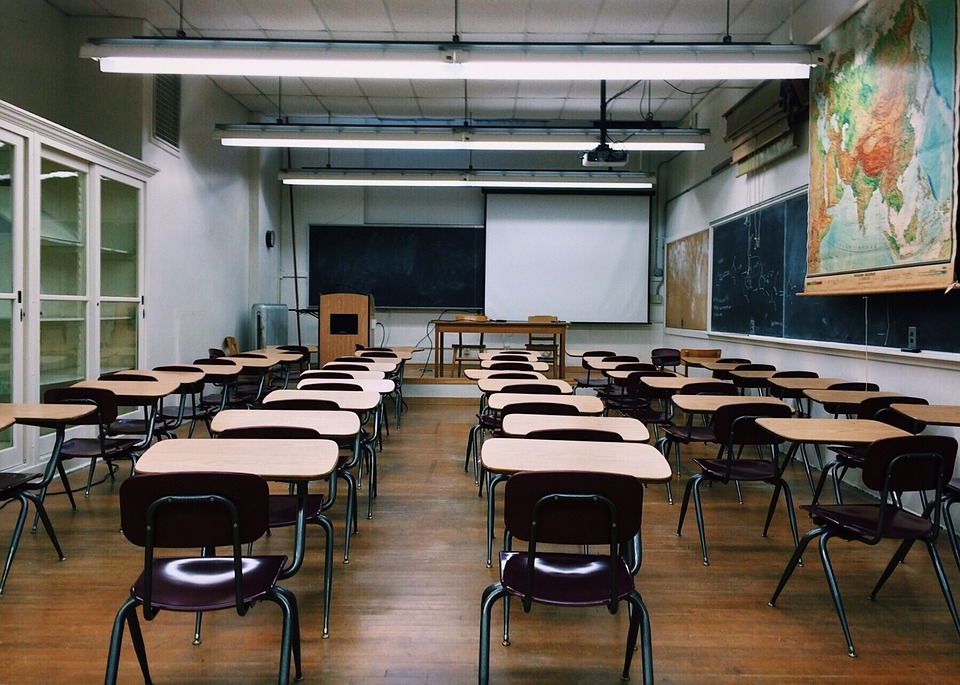Bullet-Resistant Doors for School Security
School security is now a big business in the US, topping $2.7 billion in revenue during 2017. This figure is not solely attributed to physical security (i.e. bullet-resistant doors), but such measures are increasingly commonplace in campuses from coast-to-coast.
Approximately 43 incidents of individuals brandishing or discharging firearms on school property were reported during the 2017 period. This figure more than doubled the following year. The response from faculties and school districts across the country has varied, but the education sector has continued to carve out a larger proportion of the security equipment and services industry to date. By 2021, the market is expected to grow by a further $100 million. This corresponds to improved surveillance systems; salaries for security personnel; installation costs for retrofit bullet-resistant doors, windows, paneling, etc.; and much more.

Bullet Resistant Doors: Security Theatre, or True Protection?
There is an ongoing debate about what needs to be done to protect pupils from senseless violence while they are on school property. New technologies, such as facial recognition, are being considered to assist in identifying visitors and controlling pedestrian traffic on school campuses. This must work in tandem with a greater security presence and logistical procedures for controlling who can access the grounds. However, there are complaints that digitizing security and hiring guards is merely a form of security theatre that does little to reduce the risk of shooters carrying out devastating attacks.
These complaints are subject to debate, and the effectiveness of these systems is guaranteed to vary from location to location. Physical security measures, like bullet-resistant doors, are preferable from the point of view that their benefits can be proven quantitatively. Testing can be carried out to determine the number of rounds at specific velocities that a door will withstand. This provides an invaluable level of confidence in active shooter situations, helping faculty members to isolate threats with high-performance bullet-resistant barriers.
Discussions have also focussed on the ability for bullet-resistant doors to turn classrooms into strong rooms, allowing teachers to essentially lock-down a class in a safe environment for the duration of an emergency. This is certainly an option, but the cost and installation efforts required to fit each and every classroom with a robust bullet-resistant door would probably be prohibitive for most school districts. More likely, entryways and corridors would be secured with hollow metal assemblies, providing the means to evacuate pupils safely.
Armortex: School Security Providers
Armortex specializes in the development of high-performance ballistic-resistant products for markets with conflicting budget-performance requirements. When it comes to school security, we will work closely with architects to ensure that our bullet resistant doors are being implemented in accordance with the relevant regulations (fire code, etc.), and within the school district’s budgetary constraints. We approach every project with a flexible mindset, to guarantee bulletproof solutions for every client challenge.
If you would like more information about improving school security with ballistics resistant products, read our previous post: Should Schools Be Equipped with Bulletproof Glass? Otherwise, contact a member of the Armortex team today to learn more about our bullet resistant door specifications.
References:
